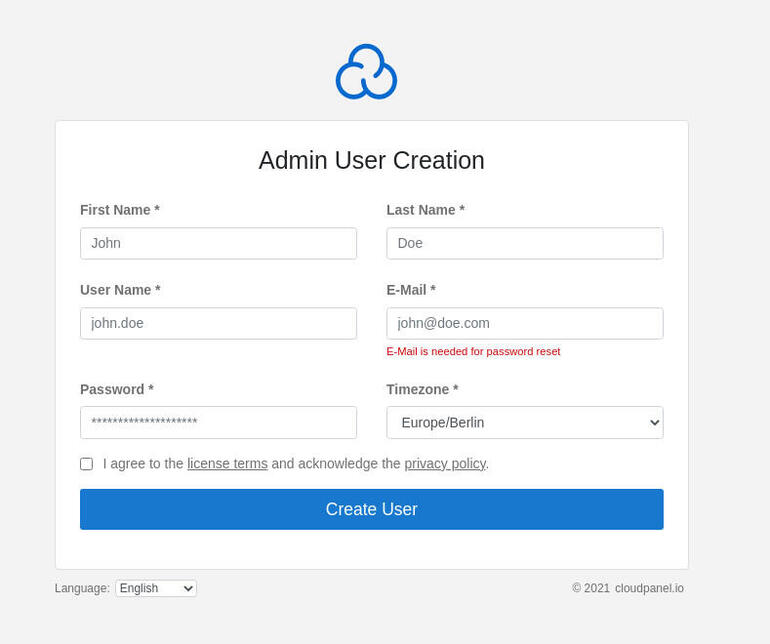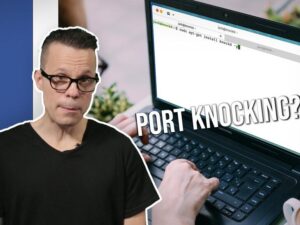Jack Wallen introduces you to a control panel geared toward PHP development lifecycles for those who prefer to work within the Debian operating system.

Image: SeanZeroThree/ iStock
Working from the Linux command line is easy for some people; for instance, I’ve been using Linux since the late ’90s, and I feel perfectly at home in a terminal window. But for others, the idea of using the terminal window not only means a less-than-efficient day, it also means having to learn considerably more than they might have time for at the moment.
And developing from within the command line is just as easy. But managing the entire lifecycle of an application? Not so much.
That’s why tools like web-based control panels are a real boon for busy IT admins and developers who deploy PHP websites and web applications.
SEE: Best commands for digging up information about your Linux system (TechRepublic Premium)
Why PHP developers should use CloudPanel
I’ll walk you through the installation of one such control panel called CloudPanel on Debian Server, which is a distribution that really benefits from having such a tool. This particular take on the control panel is geared toward PHP developers in order to make the development lifecycle from coding to app hosting much easier. With CloudPanel, you can run your PHP applications in any cloud or dedicated server in a matter of minutes.
CloudPanel offers these features:
-
Public cloud support (you can install CloudPanel on most popular public clouds)
-
Let’s Encrypt certificate setup
-
Server monitoring graphs
-
MySQL database management
-
Cron job management
-
Service restart (for specific services)
-
Command line access
-
Domain adding
-
IP/bots blocking
-
User management
-
Vhost Template management
-
NGINX support
SEE: Linux commands for user management (TechRepublic Premium)
What you’ll need to install CloudPanel
You’ll need a running instance of Debian server with at least:
How to download and run the installer script
Fortunately, the developers have created a handy installer script for CloudPanel. In order to use the script, you must first download it. If your server instance doesn’t already have wget and curl installed, do so with the command:
sudo apt-get install wget curl -y
Once those packages are installed, download and run the installer with the command:
curl -sSL https://installer.cloudpanel.io/ce/v1/install.sh | sudo bash
This script will take roughly 2-5 minutes to complete, depending on the speed of your machine and network connection.
How to access CloudPanel
After the installation completes, open a web browser and point it to https://SERVER:8443 (where SERVER is the IP address of your hosting server). You will be greeted by the CloudPanel admin user creation window (Figure A).
Figure A
” data-credit>
The CloudPanel admin user creation window
Fill out the necessary information and click Create User. You will be prompted to log in with the new admin user. Upon successful authentication, you’ll find yourself within the CloudPanel main window (Figure B), where you can start managing your Debian Server from anywhere and begin the process of migrating your PHP web development lifecycle into this handy tool.
Figure B
” data-credit>
The CloudPanel main window is a user-friendly tool to help you manage your Debian servers.
And that’s all there is to getting a powerful, user-friendly, web-based GUI installed on Debian Server. Give this control panel a try and see if it doesn’t make your PHP development lifecycle on Debian easier.
Also see
Source of Article





